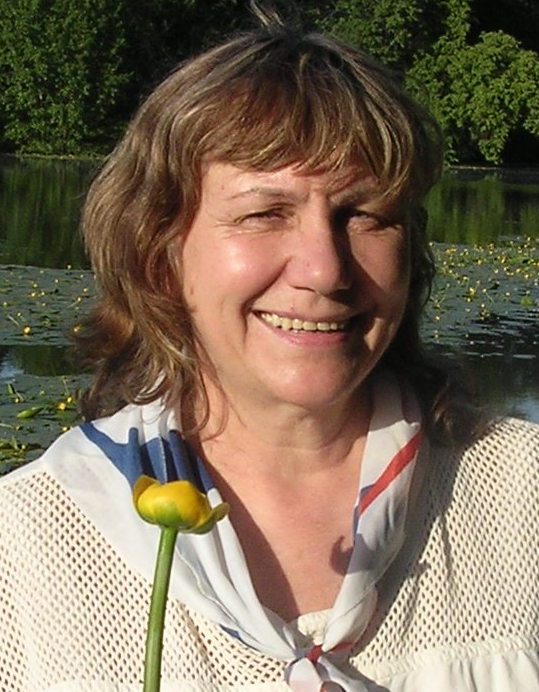Physicist
Interests: Physical Vacuum, Quantum Theory Age: 75
Nina Borisovna Sotina held a PhD degree in Physics from Lomonosov Moscow State University, Russia. For a long time Dr. Sotina was a research staff member at the Institute of Mechanics of the Lomonosov Moscow State University. Presently she lives in New York.
Dr. Sotina made contributions to various areas of physics and applied mathematics, such as a theory of hydrodynamics stability, a theory of Newtonian potential, and a theory of multiphase media
Dr. Sotina is an author of over 100 scientific articles and 2 books. In the book: A Theory of light without special relativity? Moscow, Logos. (1999), written in co-authorship with Dr. Liudmila Boldyreva (her sister), Dr. Sotina introduced an alternative approach to the Theory of Relativity.
In her paper Structures in the Physical Vacuum {in book: LIFE and MIND in search of physical basis, (edited by S.Savva) TRAFFORD publishing, p.p. 211-237, Canada (2007)} N. Sotina states her opinion that any living system and pre-life molecular organization have their continuation in the physical vacuum, which are structures composed of elements of a nonmolecular nature. These structures hold information and energy necessary to maintain stability of complex organic molecules and to control biochemical processes in living organisms that are different from those observable in regular solutions. Non-living quantum objects (such as molecules and atoms) also create structures in the physical vacuum. The crucial argument favoring the existence of molecules' structures is that the Schroedinger equation can be derived from the deterministic laws of mechanics if one takes into account the influence of the vacuum structures on the stabilty of a quantum object motion. It should be noted that the structures created in vacuum by non-living quantum object differ from ''biostructures''. If the latter structures control the function of biomolecules, the first ones can be considered as attendant with respect to the quantum object.


